9 Big Barriers to Your Students’ Math Success
October 3, 2023
What’s behind your students’ struggles with math? With so much on your plate, it can be hard to know—and the answer could be complex.
In today’s post (adapted from the book Teaching Mathematics Meaningfully), we’ll look at nine different learning characteristics that may be presenting obstacles to your students’ success in math class. These include characteristics common to most struggling learners and those specific to students who have or are at risk for identified math disabilities. Use this list to help guide your detective work as you investigate your students’ struggles and develop a support plan.
Learned helplessness. Students who experience continuous failure in mathematics expect to fail, resulting both in reluctance to try something new and reliance on others to help them. This behavior is often reinforced by educators, peers, and family members, so it becomes entrenched over time.
Passive learning. Struggling learners often do not actively look for and make connections between what they already know and what they are currently learning. When presented with a problem-solving situation, they do not implement strategies or activate previous knowledge to solve the problem.
Knowledge and skill gaps. Students who experience failure in mathematics often have gaps in their mathematical knowledge base, making it hard for them to be successful as they progress through grades K–8. They can also have knowledge and skill gaps in other subjects that affect math success.
Math anxiety. Because learning and doing mathematics are difficult, math time often is an anxiety-ridden experience, predisposing struggling learners to shut down when confronted with learning something new. Prior history of failure with mathematics can increase anxiety.
Memory disabilities. Students with memory disabilities struggle with retaining and retrieving information, particularly related to basic addition, subtraction, multiplication, and division facts and multistep sequencing and problem solving. Working memory, which allows students to make sense of information they are inputting in real time by relating it to what they already know, can be a significant area of difficulty for students with math disabilities. Working memory problems can result in difficulty with memory retrieval—students may gain only partial understanding of newly presented math skills and have trouble completing complex math procedures.
Attention disabilities. Learning and doing mathematics requires a great deal of attention, especially when multiple steps are involved in the problem-solving process. During instruction, students who have attention disabilities often miss important pieces of information. When doing mathematics, they may also miss a step due to distractibility. Students with attention impairments may also make irrelevant associations between and among mathematical concepts and representations.
Metacognitive thinking disabilities. Metacognition has to do with students’ ability to monitor their learning, which involves 1) evaluating whether they are learning, 2) implementing strategies when needed, 3) knowing whether a strategy is successful, and 4) making changes when needed. These are essential skills for mathematical reasoning, and students with metacognitive thinking disabilities do not efficiently use them. In addition, they can struggle with independently connecting one mathematical concept to another or connecting a mathematical idea to their real-world experiences without explicit instruction.
Processing disabilities. Many students with learning disabilities have processing disabilities, which means they have trouble accurately perceiving what they see, hear, and feel. Their vision and hearing are intact, but their central nervous system processes information differently, leading to misperceptions. For example, a student with a visual processing impairment may see a math equation accurately, but the visual information may get distorted when the brain processes it. Other students may require more time to process information that they hear—to them, the teacher seems to talk too fast, because their central nervous system processes at a slower rate.
Reading disabilities. A subset of students with mathematics disabilities also has reading disabilities. These students are more at risk for math difficulties than students with only math disabilities or reading disabilities. As with other students who have reading difficulties, making sense of math-related texts and story problems can be one reason these students have trouble with mathematics. However, they also have greater struggles with problem solving (i.e., story problems and number skills) due to difficulty with the semantics that underlie language used in the classroom and numeracy and number sense.
How can you determine which learning characteristics might be presenting barriers for your students? First, determine whether students are currently identified with a learning disability or not.
- For students who are not identified with disabilities and not at risk for identification, consider the first four learning characteristics in this post—learned helplessness, passive learning, knowledge and skill gaps, and math anxiety—as possible barriers.
- For students already identified with disabilities, all nine learning characteristics should be carefully considered as potential barriers. Record notes about particular disabilities and how they might affect the student both cognitively and behaviorally. If you can, schedule a time with a special education teacher in your school to help you understand how a specific disability can affect a student’s math performance.
- For students at risk for identification, think about the possible connections between your students’ math performance traits and all the learning characteristics listed here. If students demonstrate persistent difficulties with learning despite receiving more intensive supplemental instruction and intervention, they may be referred for evaluation for eligibility for special education services.
Take the next steps toward solving your students’ math problems with the book behind today’s post—a comprehensive guide for teachers of Grades K–12.

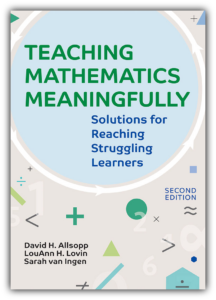
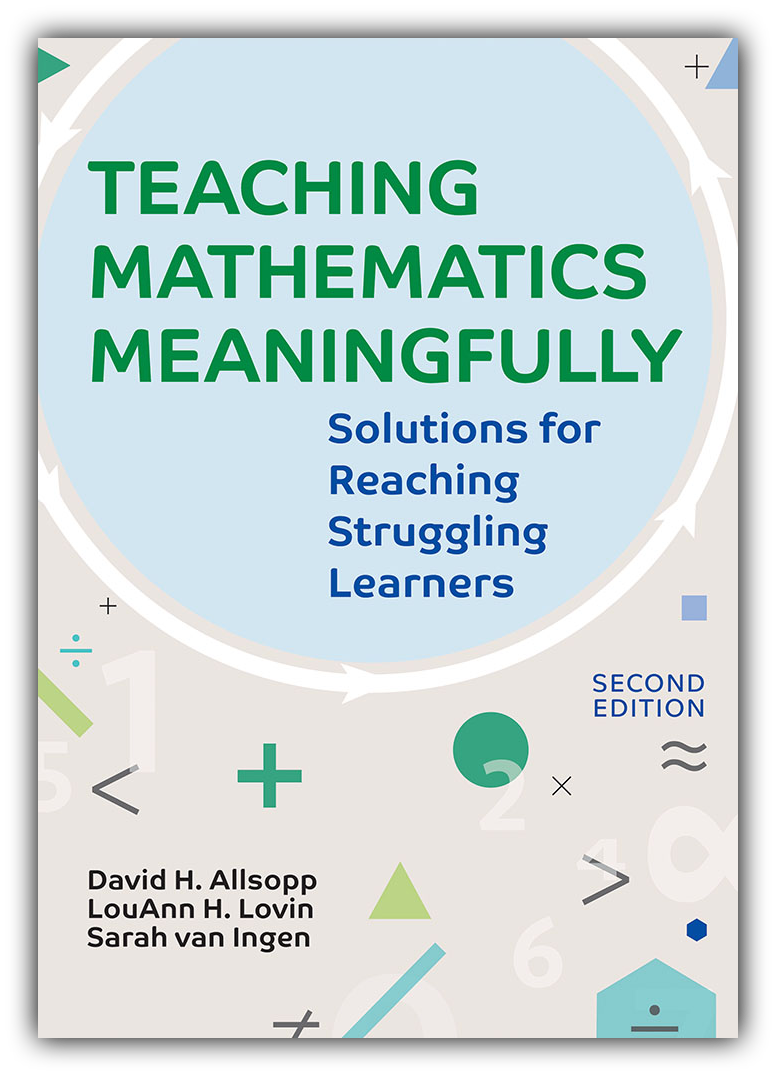
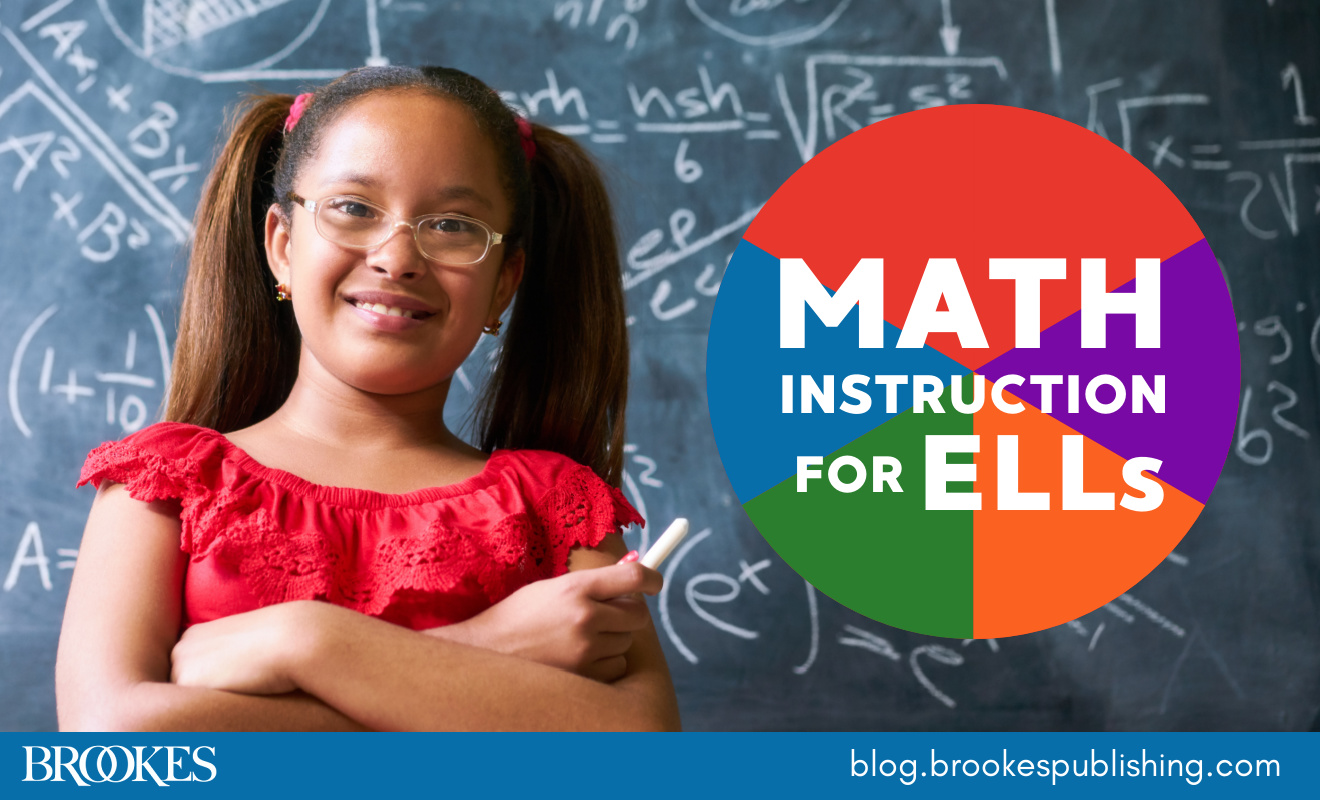
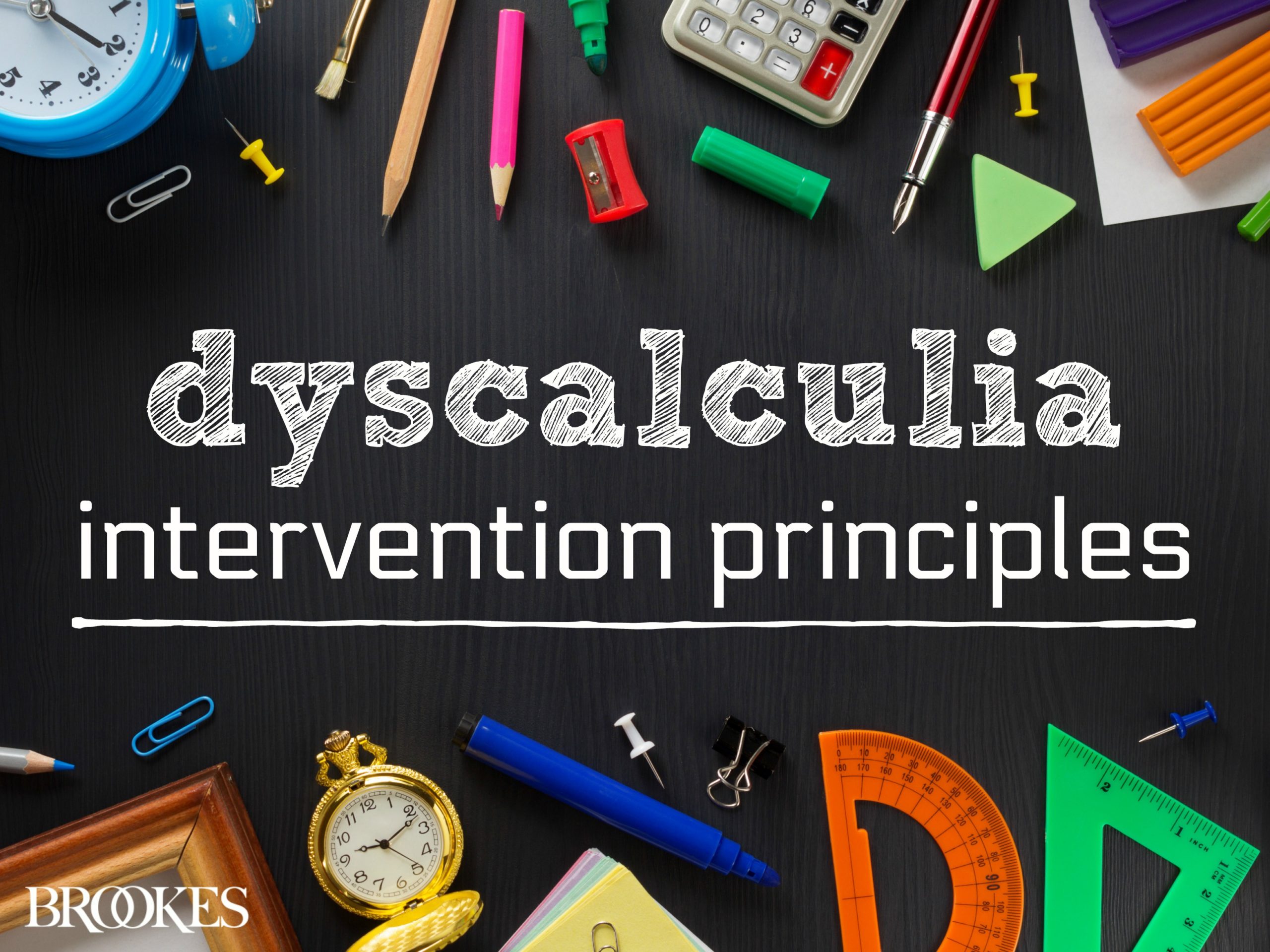
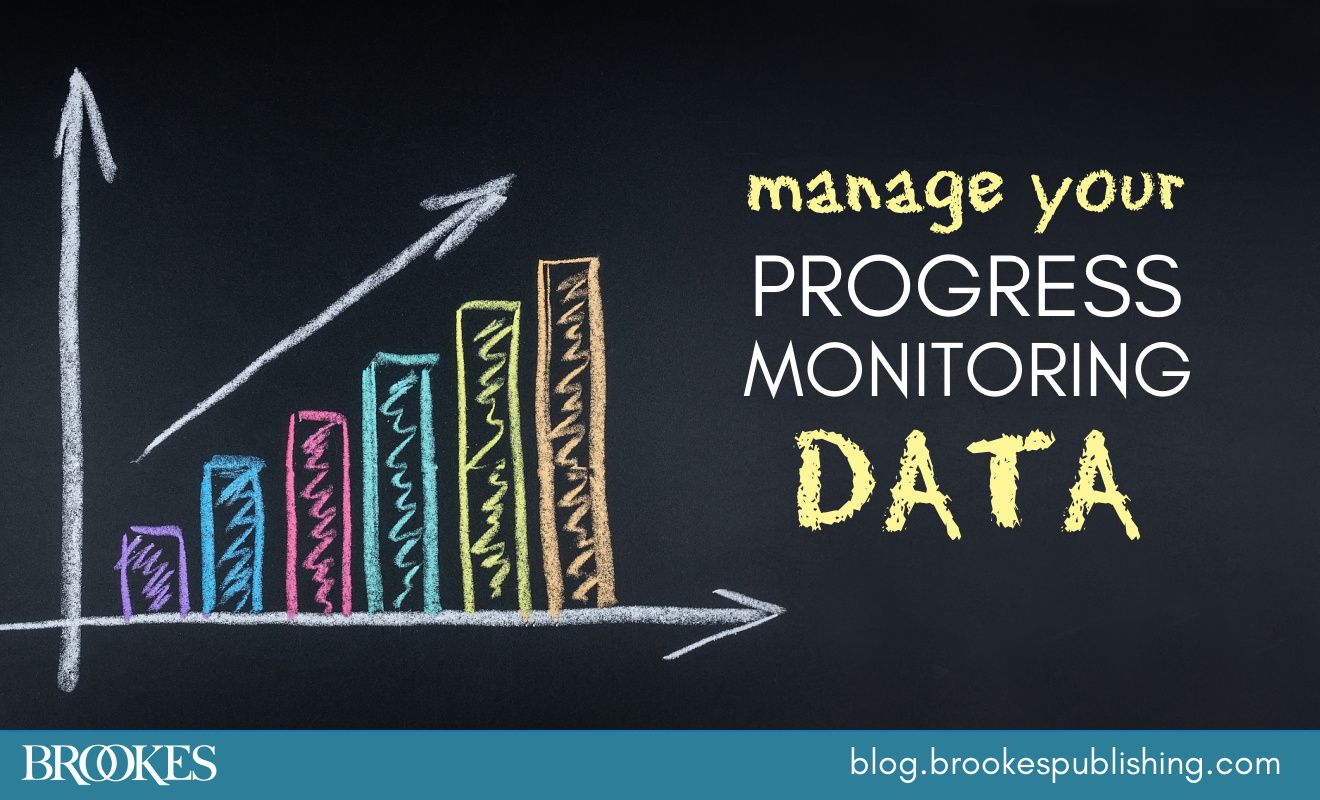
Write a Comment
Your email address will not be published. Required fields are marked *
Post a Comment